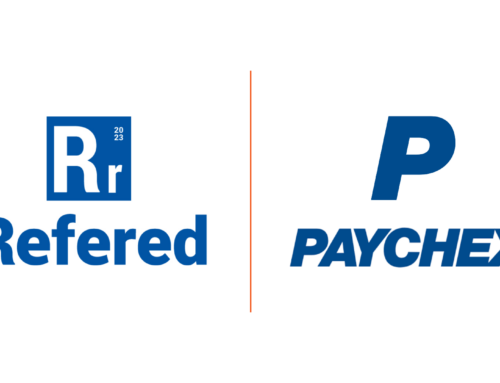Employees are a company’s most important asset, especially when they are exceptional at what they do. Finding and keeping the finest personnel is critical for businesses to succeed in today’s environment. This is especially difficult for small businesses and charitable groups, which must compete for qualified people with larger corporations who have more resources. Even though most organizations try their hardest to avoid job turnover with employee retention programs, employees nonetheless opt to leave regularly. When an employee leaves, a company must bear the costs of drafting and publishing job requirements, interviewing candidates, offering referral incentives, transferring extra work to pre-existing staff while a role is unoccupied, and training new recruits. These expenses quickly mount up. What variables contribute to the excessive cost of staff turnover?
Factors That Contribute to High Cost of Turnover Rates
Decreased Employee Morale
When an employee moves on, their responsibilities transfer to the staff surrounding them, adding more work to their already overburdened to-do lists. When you are short on employees, though, there will always be tasks that go uncompleted. Employee unhappiness can rise when employers assign more work and enforce longer hours, leading them to doubt their own motivations for sticking with a company. It is impossible to overstate the importance of employee appreciation during this time. Low employee morale can lead to lower productivity, which can create a loop that leads to unfavorable changes in business culture.
Recruitment Costs
Organizations often pay to publish job postings, hire recruiters, sponsor events, form alliances, and give referral bonuses in their quest for new hires. Costs might also rise because of assessment exams, background investigations, and different travel fees related to screening candidates. During the recruiting period, companies devote a large amount of time and resources to screening and interviewing new personnel, which is an inevitable opportunity cost of requesting HR and other departments to seek, screen, and interview applicants.
Onboarding Costs
After a company hires a new recruit to fill an open job, the new worker must undergo orientation and training. Onboarding new employees might take months. They need to be capable of delivering at the same level as the individual they are replacing. There is a lot for new hires to learn. During the onboarding process, they will seek support from their coworkers. That help comes at a cost, since every minute spent by a pre-existing employee on training a new worker results in lost productivity. While onboarding is unquestionably vital, it may put a major burden on employees’ schedules, and it is crucial to remember that productivity may decline with a new team member before it increases.
Lost Institutional Knowledge
Excellent employees tend to do a lot more than just fulfilling their job’s specific responsibilities. Experienced employees have a thorough understanding of how their company works, from the people to the connections and the culture. It takes time to develop institutional knowledge. The cost of lost institutional knowledge can exceed an existing employee’s annual compensation, depending on their duties and seniority. Departing employees can leave major knowledge gaps in their wake, from documenting their roles to convincing the company’s clients to patronize them when they leave.
Cyclical Turnover
Turnover is a cyclical process. As previously said, an employee’s leaving has an influence on the corporate culture as well as the burden on their coworkers. Employees that are overworked and unengaged are more prone to burnout, which leads to increased turnover. Regardless of the sector or organization, some staff turnover is unavoidable, but reducing further employee separations is critical.
Diminished Employer Status
Job searchers will avoid you if you have a reputation for being a revolving-door employer. If anything, your open positions will attract low-quality people who are not interested in long-term employment or making a major contribution. This type of employee has the potential to demotivate others and push new employees out the door as soon as they arrive.
Reducing Turnover Costs Through Employee Retention Programs
Employee retention programs that use measured techniques to build a pleasant workplace culture are essential. Employee work satisfaction is important since it is a good predictor of employee retention. Employee happiness skyrockets when firms incorporate strategies that encourage healthy working relationships. It gives employees the impression that the organization values their demanding work, contributions, and talents, resulting in increased job satisfaction. Employee engagement is a fantastic way to increase employee happiness. According to Gallup, employees who are engaged at work are 59% less likely to look for a new job or profession in the next 12 months. Need help devising employee retention programs in your organization/workplace? Do not hesitate to reach out to us.





